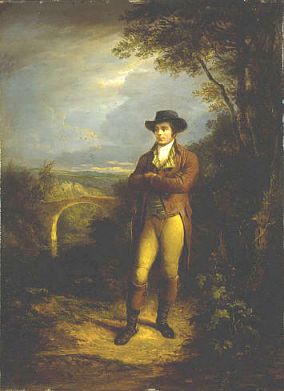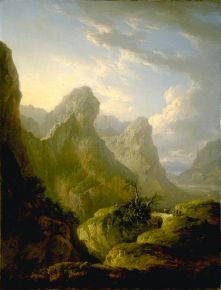Alexander Nasmyth (1758-1840)
Get a Nasmyth Certificate of Authenticity for your painting (COA) for your Nasmyth drawing.
For all your Nasmyth artworks you need a Certificate of Authenticity (COA) in order to sell, to insure or to donate for a tax deduction.
Getting a Nasmyth Certificate of Authenticity (COA) is easy. Just send us photos and dimensions and tell us what you know about the origin or history of your Nasmyth painting or drawing.
If you want to sell your Nasmyth painting or drawing use our selling services. We offer Nasmyth selling help, selling advice, private treaty sales and full brokerage.
We have been authenticating Nasmyth and issuing certificates of authenticity since 2002. We are recognized Nasmyth experts and Nasmyth certified appraisers. We issue COAs and appraisals for all Nasmyth artworks.
Our Nasmyth paintings and drawings authentications are accepted and respected worldwide.
Each COA is backed by in-depth research and analysis authentication reports.
The Nasmyth certificates of authenticity we issue are based on solid, reliable and fully referenced art investigations, authentication research, analytical work and forensic studies.
We are available to examine your Nasmyth painting or drawing anywhere in the world.
You will generally receive your certificates of authenticity and authentication report within two weeks. Some complicated cases with difficult to research Nasmyth paintings or drawings take longer.
Our clients include Nasmyth collectors, investors, tax authorities, insurance adjusters, appraisers, valuers, auctioneers, Federal agencies and many law firms.
We perform Alexander Nasmyth art authentication. appraisal, certificates of authenticity (COA), analysis, research, scientific tests, full art authentications. We will help you sell your Alexander Nasmyth or we will sell it for you.

Alexander Nasmyth was a Scottish portrait and landscape painter, often called the “father of Scottish landscape painting”. Born in Edinburgh, he studied at the Trustees’ Academy under Alexander Runciman and, having been apprenticed as a heraldic painter to a coachbuilder, he, at the age of sixteen, attracted the attention of Allan Ramsay, who took the youth with him to London and employed him upon the subordinate portions of his works. Nasmyth returned to Edinburgh in 1778 and was soon largely patronized as a portrait painter. He also assisted Mr. Miller of Dalswinton as draughtsman in his mechanical researches and experiments. Mr. Miller later offered the painter a loan to enable him to pursue his studies abroad, and Nasmuth left for Italy in 1782, where he remained for two years.
Upon his return, he painted the excellent portrait of Robert Burns, now in the Scottish National Gallery, well-known through Walker’s engraving. Political feeling at that time ran high in Edinburgh, and Nasmyth’s pronounced liberal opinions, which he was too outspoken and sincere to disguise, gave offense to many of his aristocratic patrons. This led to the diminution of his practice as a portraitist. In his later years, accordingly, he devoted himself mainly to landscape work and did not disdain on occasion to set his hand to scene painting for the theatres. His subjects are carefully finished and coloured but are wanting in boldness and freedom.

Nasmyth was also largely employed by noblemen throughout the country in the improving and beautifying of their estates, in which his fine taste rendered him especially skillful; and he was known as an architect, having designed the Dean Bridge in Edinburgh, and the graceful circular temple covering St Bernard’s Well. Nasmyth died in his native city.
His youngest son, James Nasmyth, was the well-known inventor of the steam hammer and his six daughters all attained a certain local reputation as artists; however, it was in his eldest son, Patrick Nasmyth, that the artistic skill of his family was most powerfully developed. Having studied under his father, Patrick went to London at the age of twenty and soon attracted attention as a clever landscapist. He was a diligent student of the works of Claude and Richard Wilson, Ruysdael, and Hobbema, upon whom his own practice was mainly founded. His most characteristic paintings are of English domestic scenes, which are full of quiet tone and colour, detailed and minute expressions of foliage, and considerable brilliancy of sky effect. They were executed with his left hand, his right having in early life been injured by an accident.

Still wondering about a British painting in your family collection? Contact us… we are the Alexander Nasmyth experts.
